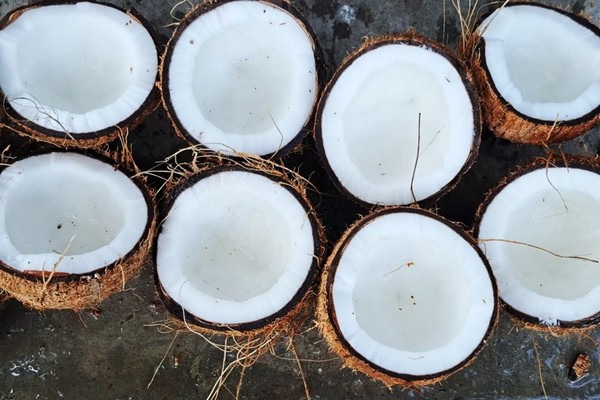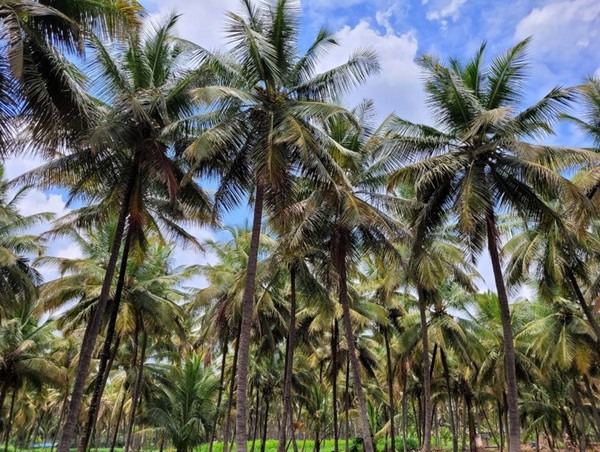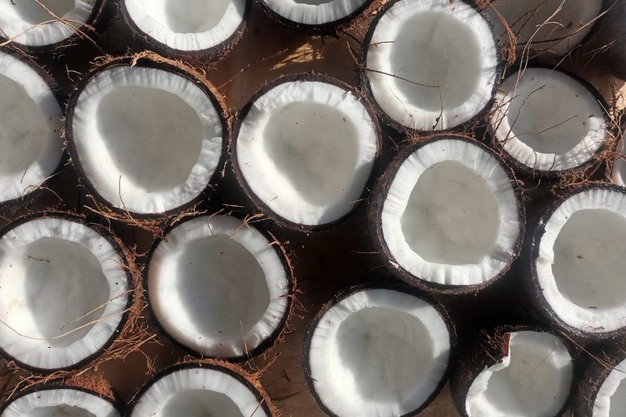As demand for coconuts is high during these months, especially domestically, the costs of procurement of the coconuts goes up, says Kaushal Khakhar, CEO of Indian fresh produce exporter Kay Bee Exports: “While coconuts are available all year round in India, we usually see higher procurement costs, due to a higher domestic demand, from September and that too for a few months. However, this doesn’t impact the demand for Indian origin coconuts too drastically, since their quality is commonly recognised to be superior compared with other origins. From the month of March onwards, the fruit’s peak season will start, making it even more competitive from a price point of view and we expect a significant uplift in the volumes shipped.”

For Kay Bee Exports, the coconut is a fairly new product in their portfolio, but Khakhar emphasizes the solid growth in their exports for these coconuts. “The coconut is a product that is a relatively recent addition to our portfolio. However, we see tremendous growth in the volume exported since we started. We successfully contracted with several European retailers on a yearly basis and expect to further boost this, thanks to us exhibiting at the upcoming Fruit Logistica in Berlin.”
According to Khakhar, the coconuts from India are mostly consumed in the southern part of Europe: “The demand is expected to increase around March, with the spring and summer seasons overall starting in Europe. A large share of the coconut demand in Europe is located in Southern Europe: Spain and Italy are frontrunners, followed by the Netherlands, Germany and the United Kingdom. Mature coconut is a versatile product that can not only be sold as a whole fruit in stores, but also be supplied to the ready-to-eat fruit industry, where it will be cut and packed in cups or added to a fruit salad box, for example.”

Although Indian coconuts are more expensive than the African counterparts, Khakhar emphasizes that the market share for coconuts from India is increasing every year. “Indian coconuts are already well accepted by European consumers overall, thanks to its consistent supply and superior quality on arrival compared to other ‘traditional’ sources. A majority of the coconuts exported to Europe still originates from Africa. However, although fruits of Indian origin may be slightly more expensive, the quality consistency on arrival is the reason why India is gaining market share year-on-year. In addition to this and under ‘normal circumstances’ the transit time between India and most European ports, like Rotterdam and Barcelona, is usually as fast as 20 to 25 days, and affordable.”
Transporting the coconuts to Europe isn’t without its challenges at the moment, both in terms of transit time as well as price: “The Red Sea issues have led to several major impacts. Firstly, the transit time is, on average, ten days longer, since most of the ships now go via the Cape of Good Hope. Secondly, this detour entails higher costs for shipping lines, which are then quoting three-to-four times the usual cost. Finally, fewer vessels are now sailing, which means that finding an available vessel can become a challenge,” Khakhar concludes.

Kay Bee Exports will be exhibiting during Fruit Logistica. You can find their stand in Hall 5.2, stand C21.
For more information:
Kay Bee Exports
Tel: +91 88 79 000 973
Email: Export@kaybeeexports.com
www.kaybeeexports.com
